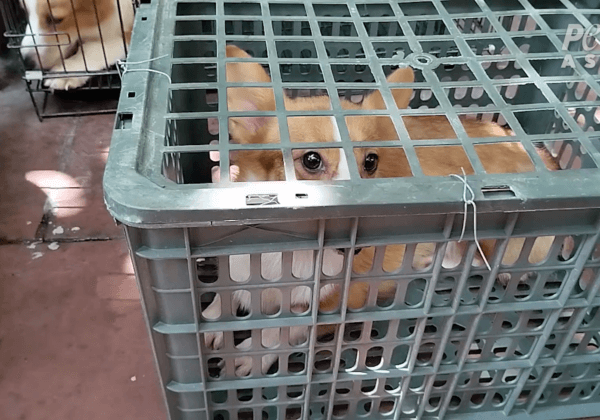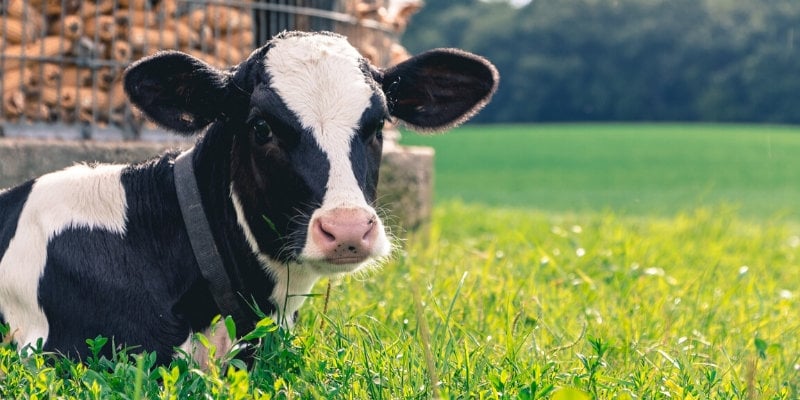Keeping Your Pooch Safe in the Garden
This article originally appeared on PETA Prime.
 Dogs want to be with their human companions at all times, and working in the garden is one of the best ways to share quality time with your friend.
Dogs want to be with their human companions at all times, and working in the garden is one of the best ways to share quality time with your friend.
However, if you fail to take precautions, gardening with your dog can quickly go from being an enjoyable experience to a hazardous one. Here are some basic tips for keeping your furry ones safe and happy.
We are all aware of how important it is to protect our skin from sun exposure. The same principle should be applied to dogs. Just like humans, they can get sunburned and suffer from heatstroke. Nonpigmented (white) or lightly pigmented areas can quickly become sunburned. Sunscreen products that are made especially for dogs can be purchased at your local pet boutique or veterinarian’s office. If your Fido has become sunburned, have him or her checked by your veterinarian and treated immediately.
To prevent heatstroke (and sunburn), never leave your dog unattended in the backyard. When he or she is out there with you, be sure to always provide a cool place to rest in the yard, such as a wading pool, shade/ornamental tree, or shade cloth over his or her designated area. You can also keep him or her on the north or eastern part of the yard. Dogs do not sweat like people do, so it can be difficult for them to cool down. If you think that your dog has become a victim of heatstroke (i.e., if he or she collapses, pants heavily, drools, or has a rectal temperature above 103 degrees), seek immediate veterinary care after wetting down your dog’s feet and ears to start the cooling process.
Other hazards include bee stings and spider bites. Although all flowering plants attract bees, there are plants with sweeter nectar that will attract more bees than normal. Position these plants away from areas that your dog has access to. Bees will only sting when provoked, and many dogs bite at them like they bite at houseflies. If a dog gets stung, he or she can experience an anaphylactic reaction-symptoms include wheezing, trembling, collapse, diarrhea, and vomiting. If your canine friend has been stung, remove the stinger by scraping the area with a credit card-the stinger will continue to release venom until it is removed. You can pack the area with ice and use calamine lotion or Benadryl cream. Contact your veterinarian immediately if your dog shows any of these signs or if it is his or her first sting.
If you suspect that your pet has been bitten by a spider, check for visible blisters, which are often but not always present. Your pet may react to the venom in two to six hours. Take the animal to the veterinarian’s office right away if he or she exhibits the following symptoms: increased panting, paralysis, severe abdominal pain, drooling, cramping of the back and chest (signs of a black widow bite); vomiting, weakness, seizures, and pain (signs of a brown recluse bite). Spider bites can be very serious and can lead to respiratory or cardiovascular collapse and death.
Remember these tips: Leave your dog in your cool home when you go out, and never take your friend along for a ride that involves leaving him or her in a hot car.
With those basic tips in mind, you and Fido should now be ready for a great day in the garden. Time to go outside!









